In 1909, Eliza Ruhamah Scidmore, a resident of Washington, D.C., wrote an urgent letter to Helen Herron Taft. Scidmore’s attempts to secure a gift of 2,000 cherry blossom trees from Japan to the U.S. capital had received little support. With the first lady’s endorsement, the trees found a new home along the Tidal Basin in 1912, inspiring a reciprocal gift of dogwood trees to Japan in 1915. Two decades earlier, Scidmore postmarked a letter from Cairo to the Smithsonian’s George Brown Goode. She informed the second director of the United States National Museum (USNM) that her previous destination—India—was full of cultural wonders that deserved mention in American museum halls. Upon her return to the states, Goode’s pen pal shared her observations, photographs, and a few artifacts with the Smithsonian.
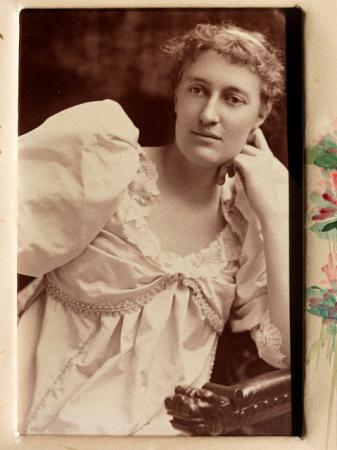
Eliza Scidmore was a lifelong photographer, writer, and world traveler. Her persistent interest in, and documentation of, communities in Alaska, Asia, and northern Africa earned her a seat on the National Geographic Society’s Board of Managers—the first held by a woman. Despite her frequent trips abroad, Scidmore cultivated working relationships with scholars and museum professionals across the United States, including Smithsonian curators. Her lifelong appreciation and respect for Japanese culture inspired the campaign that brought D.C.’s beloved cherry blossom trees to the Potomac River’s shores. However, Scidmore’s professional success sometimes came at the expense of the independence and dignity of the people she studied. Colonialism opened India’s doors to the eager traveler who, with sensational and exoticized prose, branded herself an expert on indigenous communities that she deemed awe-inspiring, but uncivilized.
Scidmore’s international travels began in earnest with the start of her brother’s diplomatic career in Japan. After George Scidmore’s appointment in the 1880s, Eliza used his professional connections to build a travel network of her own. With a film camera in tow, she bounced from port-to-port across Asia and Africa, frequently visiting destinations in India, China, and Egypt. She also spent some summers in Alaska where she recorded descriptions of Southeastern Coastal Tribes and the lands they inhabited. She chronicled her trips in a series of journal articles that were eventually compiled into her first book: Alaska, Its Southern Coast and the Sitkan Archipelago (1885).
While far from her last major publication, Scidmore’s Alaskan field guide was the culmination of an already robust writing career. She frequently wrote articles for Washington newspapers. At the age of 19, Scidmore penned a front-page story in the National Republican detailing her observations of the Centennial Exposition in Philadelphia. As was typical of her ethnographic writings, Scidmore privileged descriptions of hard-working women in attendance, including “Miss Emily Sartain, the only lady steel engraver in this country.” Scidmore’s characterizations of the fair’s Japanese exhibits demonstrate her early admiration for the culture she studied and celebrated throughout her life. She highlighted a group of Japanese seamstresses who maintained “a very large exhibit of embroideries and paintings on silk and crape.” Scidmore also characterized Japanese craftsmen as practicing a “mode of work [that] is vastly superior to our Western ones.” In her waning teenaged years, the young writer was impressed by the fairgoers’ work ethic, beautiful artwork, and kindness towards curious onlookers, like herself.
By the 1890s, Scidmore was travelling the world and writing about her experiences in articles, books, and the occasional profile in National Geographic. She even penned letters to George Brown Goode, beginning a long relationship with the Smithsonian. On March 5, 1893, Scidmore paused her jam-packed travel schedule to compose a detailed description of museums across India for Goode’s reference. The USNM’s director regularly sought information on international museums from his many contacts. Scidmore’s letters, along with the rolls of film she mailed with them, likely helped Goode better understand collections and exhibit standards abroad.
When Scidmore returned to Washington, she donated more photographs and the occasional artifact to the USNM. There are currently hundreds of photographs attributed to Scidmore in the Smithsonian’s National Anthropological Archives. According to agency history files, she also helped the curator of ceramics maintain the section’s collections. While women were largely denied the distinction of curator in the late nineteenth and early twentieth centuries, a handful volunteered their time as patrons, private collectors, and donors to the Smithsonian’s departments. Julian James, Olive Risley Seward, and other privileged women, like Scidmore, worked, unpaid, on the ceramics collections.
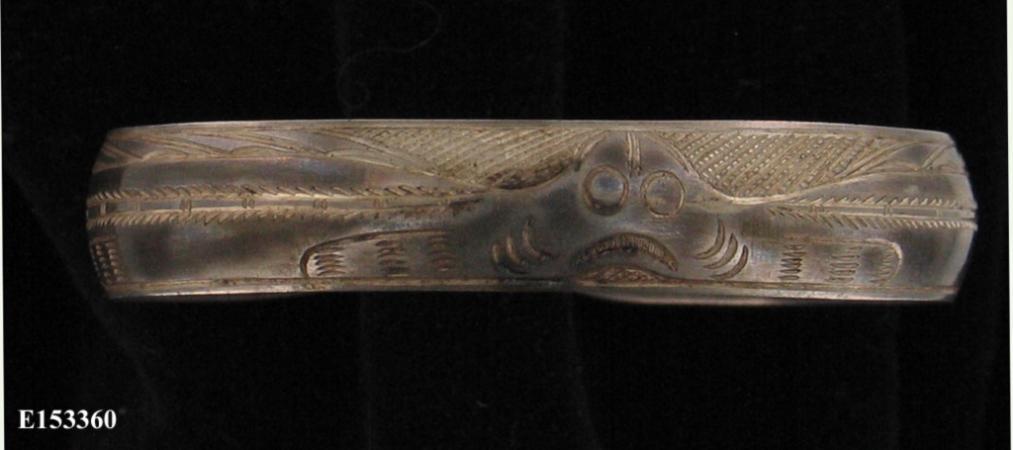
Scidmore’s travel writings and her contributions to the Smithsonian also reveal a career steeped in, and influenced by, Western colonialism. From the contacts she made to the museums she visited, most of her interactions with indigenous people—especially in India—were facilitated by British imperial actors. Like her colonial hosts, Scidmore regarded native inhabitants as civil or savage depending on how much, or how little, their lifestyles resembled those in predominately white, Western cities.
Indeed, such comparisons help explain why Scidmore elevated Japanese culture in her writings while simultaneously essentializing and exoticizing Indian peoples. In her last piece for National Geographic, “Young Japan” (1914), Scidmore celebrated Japanese citizens, rich and poor, as an industrious, respectful, and beautiful people. In the same spirit as her National Republican article nearly forty years earlier, she even applauded Japanese women for rejecting “the insane vagaries of [fashion in] the West” for “their own becoming clothes.” In contrast, she described the Indian patrons of British museums to Goode as “a noisy, chattering, quarrelling people at best.” Her published ethnographic writings on India include portraits of awe-inspiring and lively markets, but her prose bristle at instances of conflict, poverty, or stark cultural difference. In a telling remark to Goode, Scidmore explained that locals’ “echoes in the marble halls” of India’s museums “did not make it altogether a pleasure to be there with ‘the people.’”
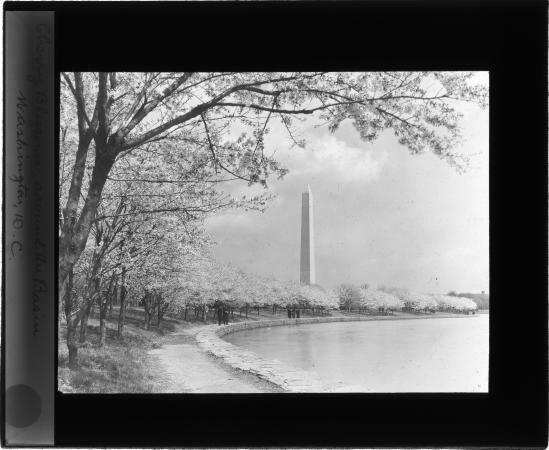
Today, Scidmore’s legacy is mixed. On the one hand, she helped facilitate a significant and beautiful cultural exchange that blooms every spring for thousands to see. She also broke down professional boundaries and cultivated academic networks that paved the way for more women to enter the social sciences. On the other hand, she accessed the world through colonial channels that she reinforced with her characterizations of indigenous people. Examining Scidmore’s accomplishments and shortfalls impress upon students, young and old, the importance of being responsible learners, who approach topics with humility and a willingness to challenge their own assumptions.
Related Collections
- George Brown Goode Collection, Record Unit 7050, Smithsonian Institution Archives
- United States National Museum Division of Ethnology Section of Ceramics, Agency History, 1897-1994, Smithsonian Institution Archives
- National Museum of American History, Division of Ceramics and Glass, Record Unit 406, Smithsonian Institution Archives
Related Resources
- Eliza Ruhamah Scidmore, Alaska, Its Southern Coast and the Sitkan Archipelago (Boston: D. Lothrop and Company, 1885).
- Eliza Ruhamah Scidmore, Winter India (New York: The Century Co., 1904).
Produced by the Smithsonian Institution Archives. For copyright questions, please see the Terms of Use.

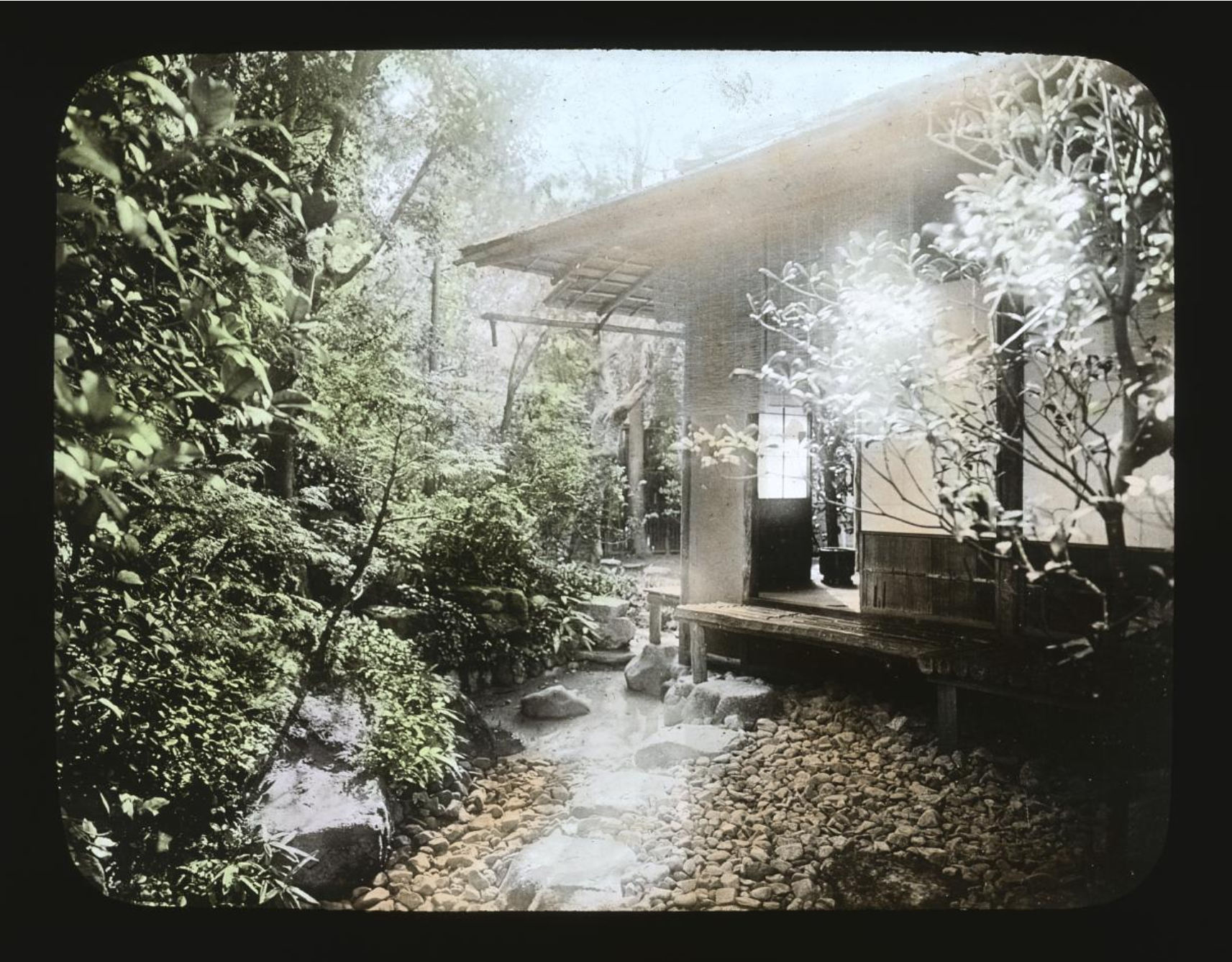
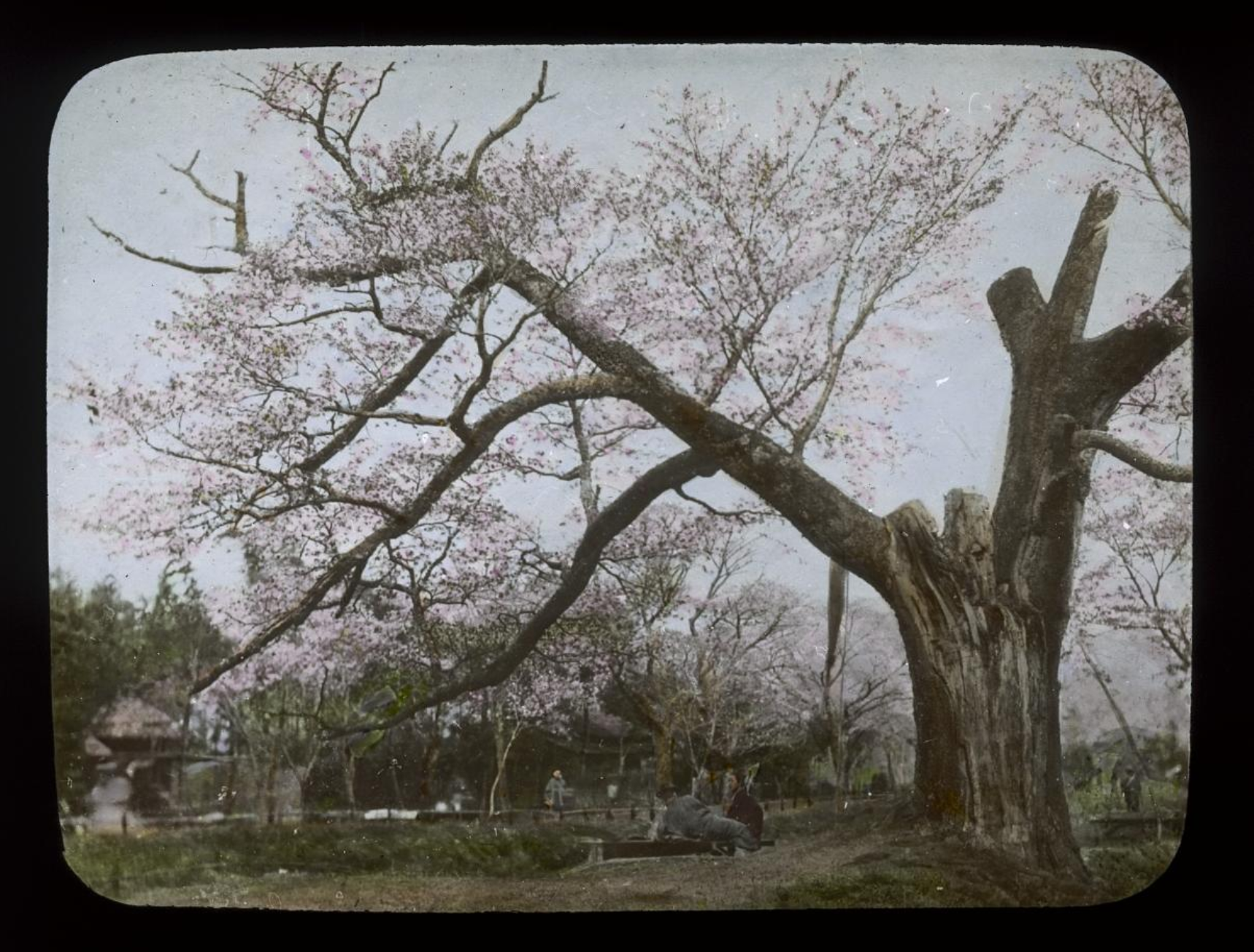

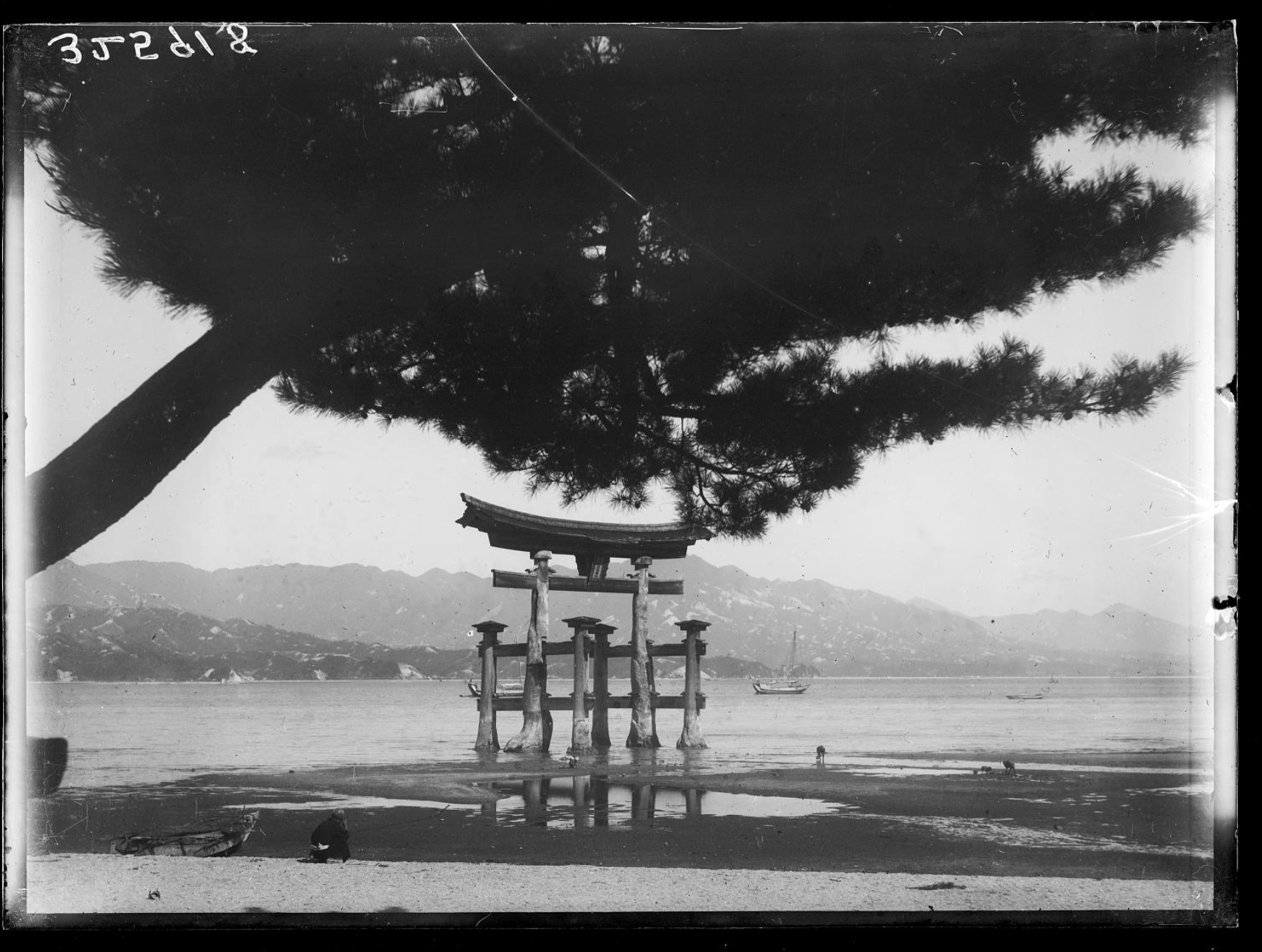
Leave a Comment